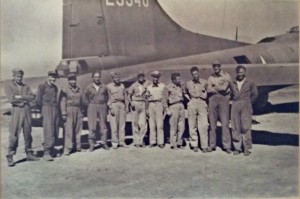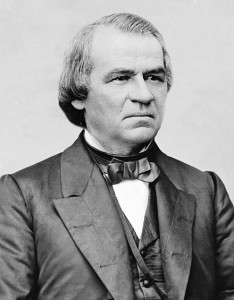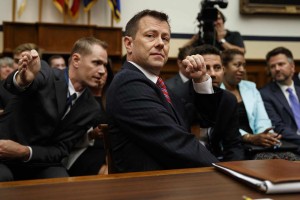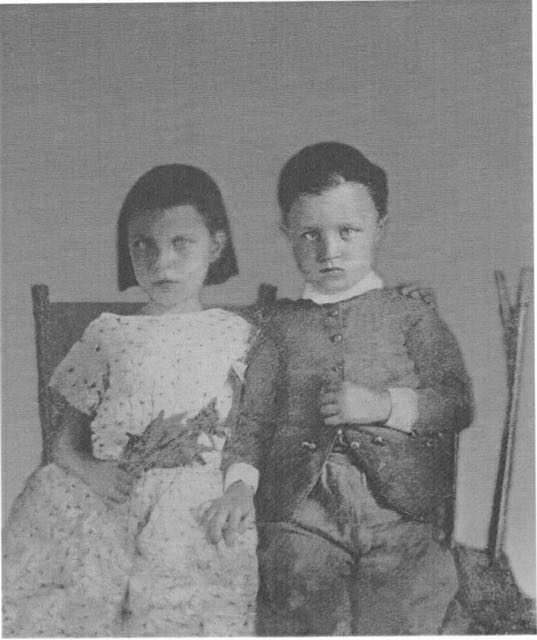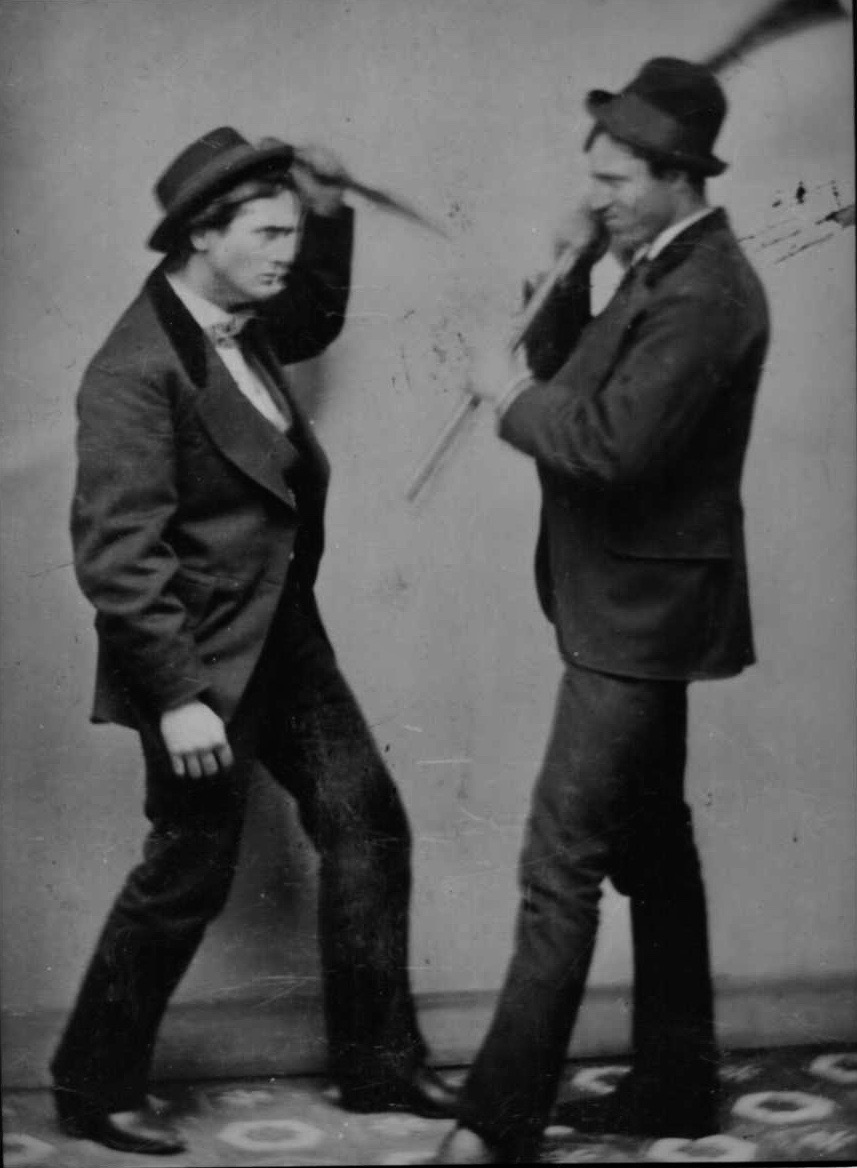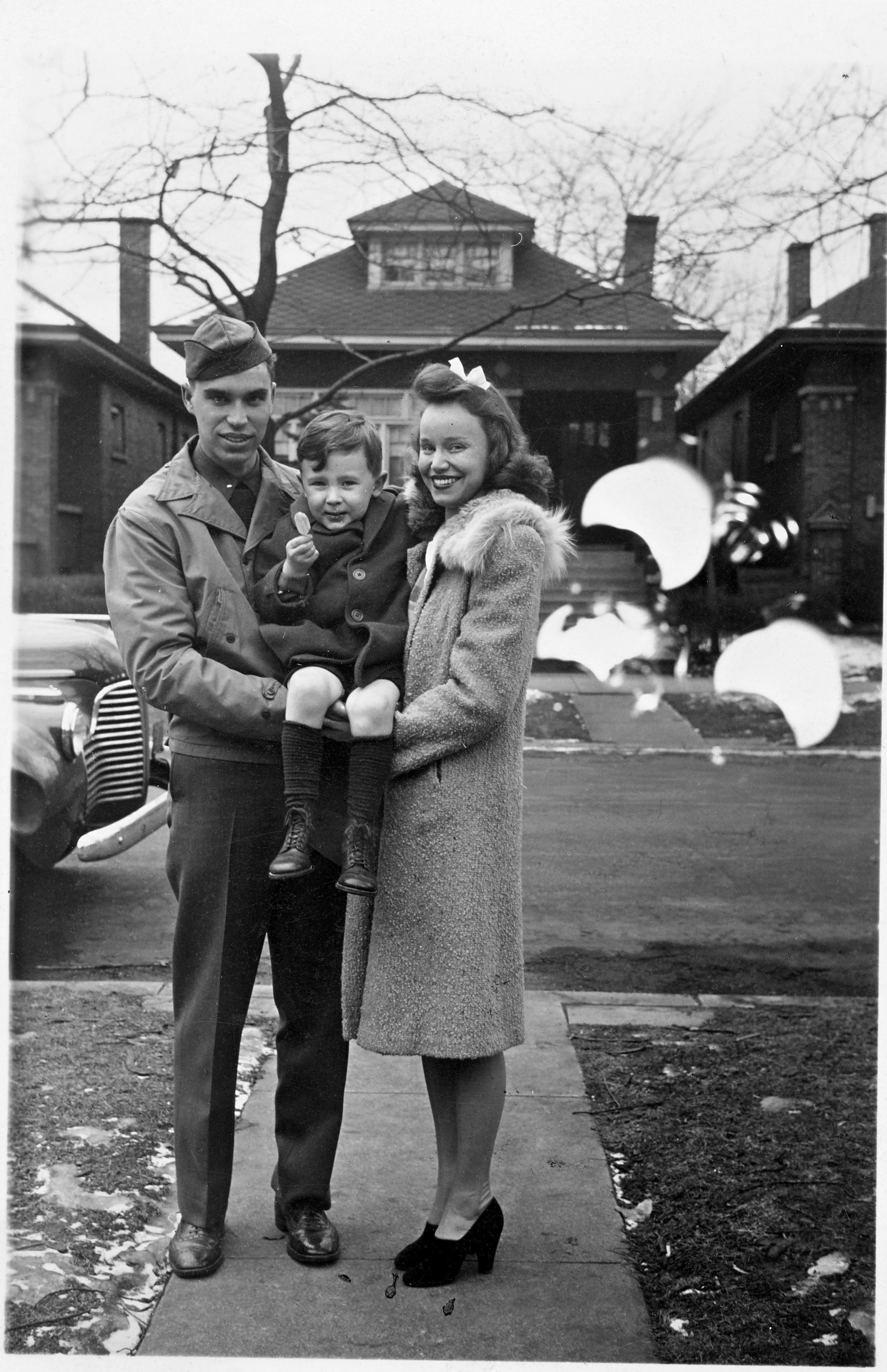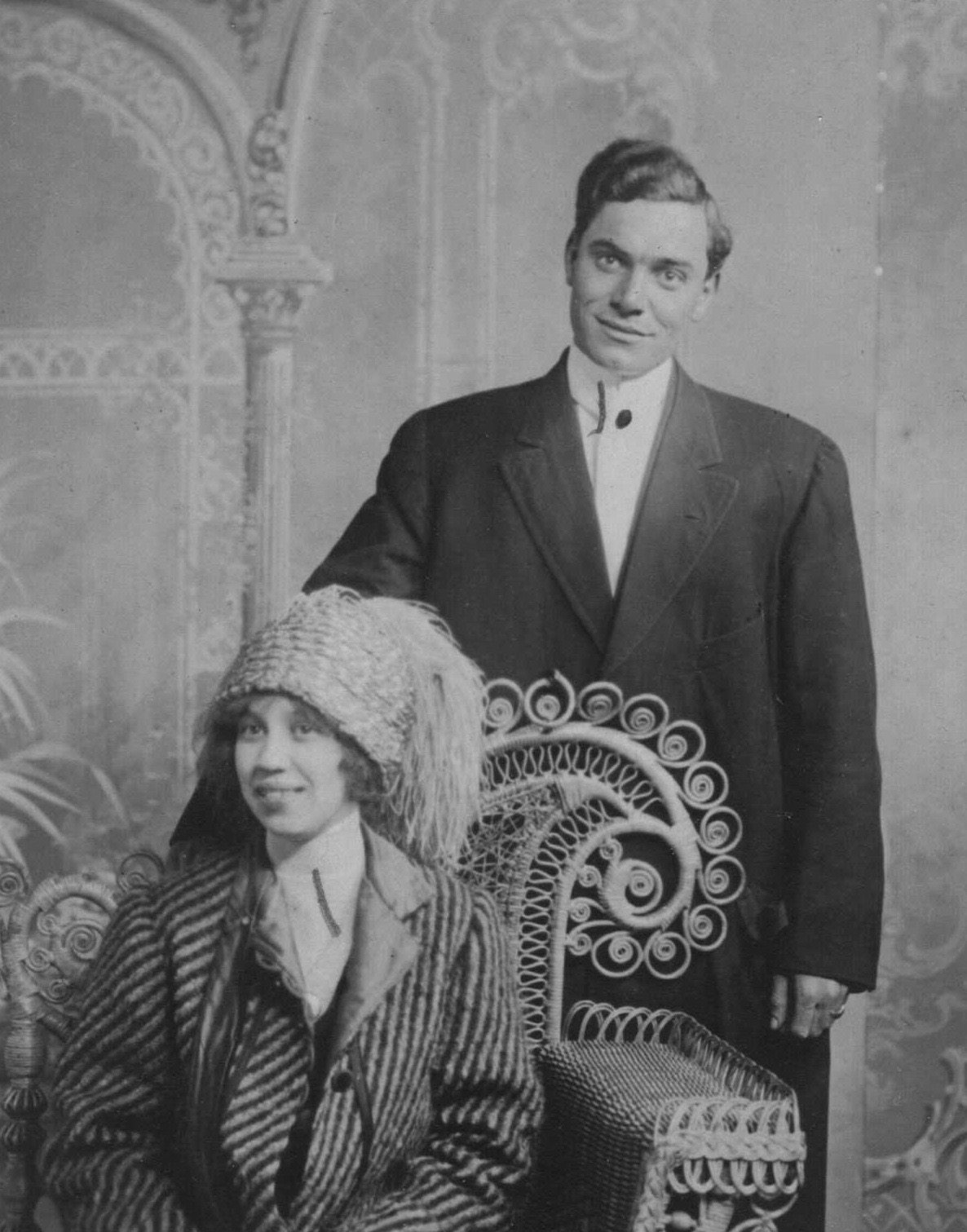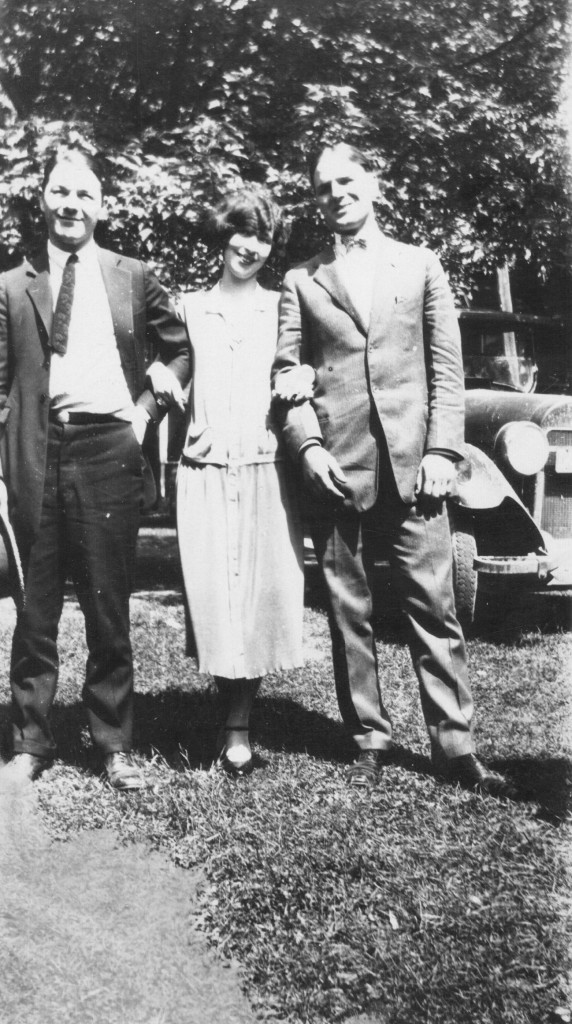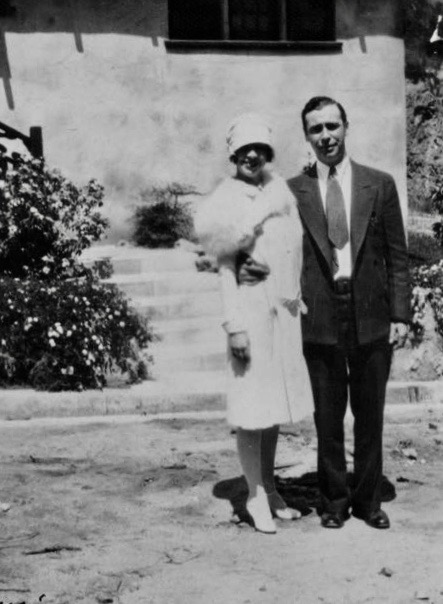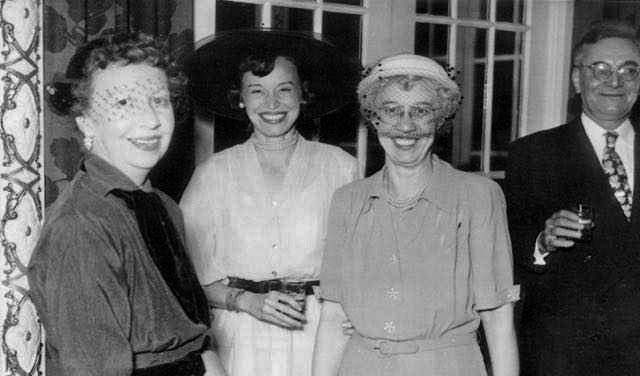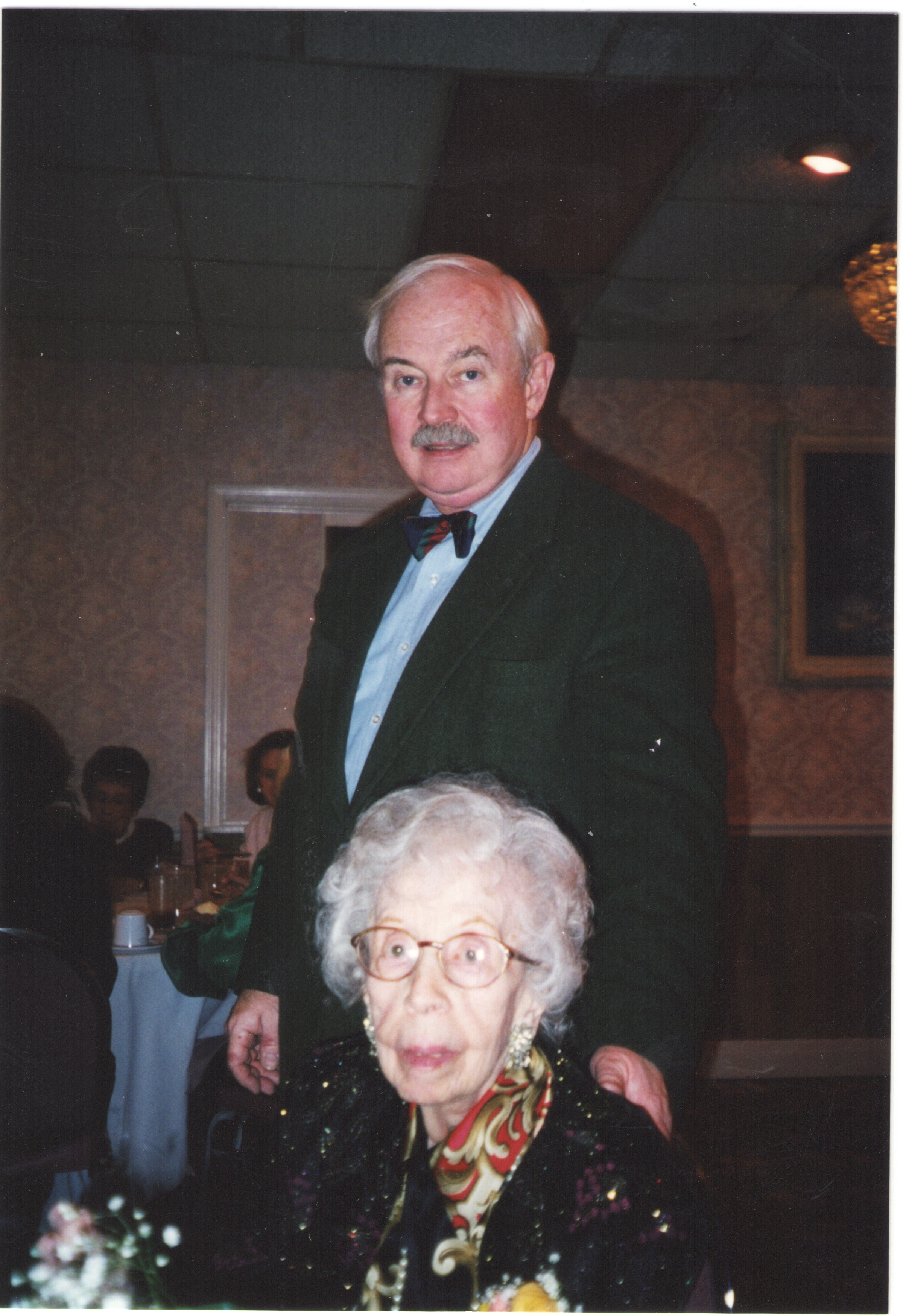The Mueller hearings were a huge disappointment to the Democrats, who were counting on scandal and impeachment to substitute for governing. Two leaders, Schiff and Nadler, seem unwilling to give up and try legislating. Schiff, who seems to most devoted to the Russia Hoax, has a darker side.
Schiff is the first Democrat since 1932 to represent the region.
He was an eloquent booster of McCain-Feingold campaign-finance legislation, seeking to put limits on some of the very expenditures that swamped his own race against former Rep. James Rogan, whom he beat by three percentage points.
(Limiting expenditures is a point Colbert needled him on. Colbert: “Isn’t that the equivalent of sleeping with a prostitute and then strangling her to hide your shame?” Schiff: “Well … I wouldn’t want to say it like that.”)
Rogan, of course was the target of massive Democrat fund raising to punish the House prosecutor for the Clinton impeachment.
That fawning “The Hill” tongue bath did not provide much for the “darker side.”
Nadler, another Clinton defender, has shed 60 pounds since his gastric bypass but he still looks about 100 pounds overweight. He is a little less strident than Schiff in public.
Where do they go from here ?
They get no help from Andrew McCarthy who demolishes their arguments.
Mueller’s anti-Trump staffers knew they were never going to be able to drive Trump from office by indicting him. The only plausible way to drive him from office was to prioritize, over all else, making the report public. Then, perhaps Congress would use it to impeach. At the very least, the 448 pages of uncharged conduct would wound Trump politically, helping lead to his defeat in 2020 — an enticing thought for someone who had, say, attended the Hillary Clinton “victory” party and expressed adulatory “awe” for acting AG (and fellow Obama holdover) Sally Yates when she insubordinately refused to enforce Trump’s border security order.
Of course, it wouldn’t be enough to get the report to Congress. The challenge was to get it there with the obstruction case still viable even though prosecutors knew they couldn’t get away with recommending an obstruction indictment. How to accomplish this? By pretending that the OLC guidance prevented prosecutors from even making a charging decision.
This resulted in the Ted Lieu question and Mueller’s answer which he had to retract after the break.
It is becoming more and more apparent that Mueller’s ‘assistant” prosecutor, Andrew Weissmann is the lead conspirator in the coup.
Weissmann is distinguished by his abysmal record as a corrupt prosecutor in several cases.
A lawyer representing whistleblowers referred Andrew Weissman to the Department of Justice’s Inspector General (IG) for “corrupt legal practices”.
Weissman is Special Counsel Robert Mueller’s lead investigator in the Russia-Trump probe. He is the former U.S. attorney for the Eastern District of New York. That was Loretta Lynch’s territory. He rose through the ranks under Mueller’s stewardship.
In 2015, civil rights attorney David Schoen referred Weisman to the IG for his handling of a case targeting the Columbo crime family. Schoen said he is not a member of a political party and there is no political motivation.
Weissman was the lead attorney in the Persico trial and he withheld exculpatory evidence, a Brady violation. Schoen said he decided to revisit the nearly two-decade-long cases based on new witness information and “recent evidence that has come to light in the last several months.”
Weissman never told the defense that a prosecution witness, Gregory Scarpa Sr., was also working for years as an FBI informant. The underworld witness was nicknamed ‘Hannibal’ and the “Grim Reaper’ and committed over 100 murders.
The judge described AUSA Weissmann’s conduct as the “myopic withholding of information” and “reprehensible and subject, perhaps, to appropriate disciplinary measures,” according to the opinion obtained by investigative reporter Sara Carter.
He further distinguished himself with a rare Unanimous Supreme Court decision reversing his conviction of Arthur Anderson in the Enron case.
With a brief, pointed and unanimous opinion, the Supreme Court on Tuesday overturned Arthur Andersen’s conviction for shredding Enron accounting documents as that company was collapsing in one of the nation’s biggest corporate scandals.
The court held that the trial judge’s instructions to the jury failed to require the necessary proof that Andersen knew its actions were wrong.
But the decision represents little more than a Pyrrhic victory for Andersen, which lost its clients after being indicted on obstruction of justice charges and has no chance of returning as a viable enterprise. The accounting firm has shrunk from 28,000 employees in the United States to a skeleton crew of 200, who are attending to the final details of closing down the partnership.
28,000 people lost their jobs. The prosecutor who hid evidence was Weissmann.
In the interview with Devin Nunes, Maria Bartiromo asks the ultimate question: “who was the mastermind” behind all of these intelligence operations?
Released FOIA documents into the special counsel team of Robert Mueller revealed the remarkable trail of the 2017 entrapment scheme conducted by prosecutor Andrew Weissmann to target George Papadopoulos.
Before digging into the details it is important to note this is a DOJ/FBI entrapment operation being conducted in 2017 by the special counsel; this is not prior to the 2016 election. The detail surrounds a series of events previously discussed {Go Deep} where George Papadopoulos was approached by a known CIA operative named Charles Tawil.
In 2017 George Papadopoulos and his wife Simona were approached in Greece by a known CIA/FBI operative, Charles Tawil. Mr. Tawil enlisted George as a business consultant, under the auspices of energy development interests, and invited him to Israel.
On June 8th, 2017, in Israel under very suspicious circumstances, where Papadopoulos felt very unnerved, Mr. Tawil hands him $10,000 in cash for future consultancy based on a $10k/month retainer.
This is a key part of the plot to destroy Trump. Read the whole thing. In fact, Papadopoulis’ book is a good place to start.
